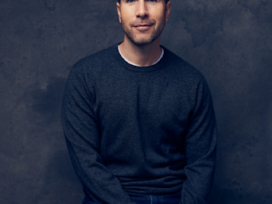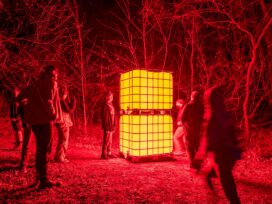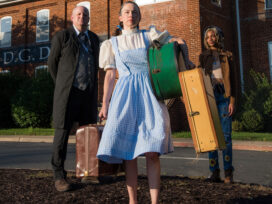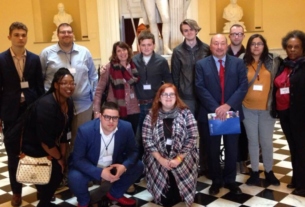PVCC Library Requests Your Presence
Antonia Florence, guest writer
PVCC has about 5,000 full and part-time students who could be using the Betty Sue Jessup Library and its many resources. However, comparatively few do, according to Laura Skinner, the head of the library’s reference department.
The library is centrally located in PVCC’s main building and offers a variety of resources, such as a popular collection of books, bestsellers, eBooks and audiobooks. Textbooks, laptops, phone chargers and headphones are also available for in-library-use only. Ask the librarians for help locating any of these items.
There are two study areas just inside of the library. One is much larger and serves as a multi-purpose area where many daily, weekly and monthly newspapers, magazines and journals are available. There is room to study, but it is occasionally used to teach targeted research skills to various classes.
Mid-way back on either side of the library are two alcoves with study carrels, tables with chairs, and large cushioned chairs with ottomans. Near the back are six group study rooms which are available by reservation and are equipped with whiteboards and televisions.
The back of the library accommodates students who wish to work quietly on assignments, read or study. All study areas have a variety of seating to accommodate individual needs.
There are four types of libraries. PVCC has an academic library, used mainly to serve colleges and universities.
“It is vital that they meet the needs of the students and faculty by supporting the current curriculum with up-to-date resources,” said Skinner. However, the Betty Sue Jessup Library is funded by the state, so it serves the local community as well. Public libraries serve cities and towns, and school libraries serve the school system in which it is located.
Special libraries provide resources on specific topics and are in many universities, hospitals, and military and government facilities. They can also be helpful to PVCC students seeking credible information and are available through the interlibrary loan system.
The library’s electronic material has increased as print books have decreased, leaving more room for in the library study space. “The library has become more streamlined, leaner and more targeted,” said Skinner. It is expensive and wasteful to keep printed material current. It is more advantageous in many ways to use electronic resources.
As the print versions are purged, “they are donated, per state guidelines, to Better World Books,” said Crystal Newell, coordinator of library services.
Better World Books is a website with a variety of books for sale at a reduced rate. All genres of books, including textbooks are available. A portion of the proceeds and about half of the books are donated to increase world literacy rates in third world countries. “For Better World Books, the triple bottom line [profit, people and planet] comes in lots of forms. From helping to build a nursing library in Somaliland to offering customers carbon neutral shipping on every book they buy, doing good is not just a part of Better World Books’ business—it is the business,” according to the Better World Books website.
Skinner suggests those who are uncomfortable navigating the library’s system to seek help. “This is why the library staff is here,” said Skinner. PVCC has three reference librarians and others who happily pitch in as needed. The library is a collaborative reference and instruction effort, and, with a total of 10 staff members, it is truly a collective effort.
Think of the librarians as an extension of your textbooks and instructors. They help students find information for reports, term papers, and projects, as well as speeches and personal interests. They might even be able to help with computer operator-error challenges. Jacqueline Carrell, the access systems librarian, has guided many students by identifying the problem and helping them get back on track.
Though the library can seem daunting, there is help and direction available. An integral part of the library is its support system, which is the network of librarians.
Skinner said, “It is wonderful when a student goes from knowing nothing to realizing, ‘Hey, this is not so hard.’”







